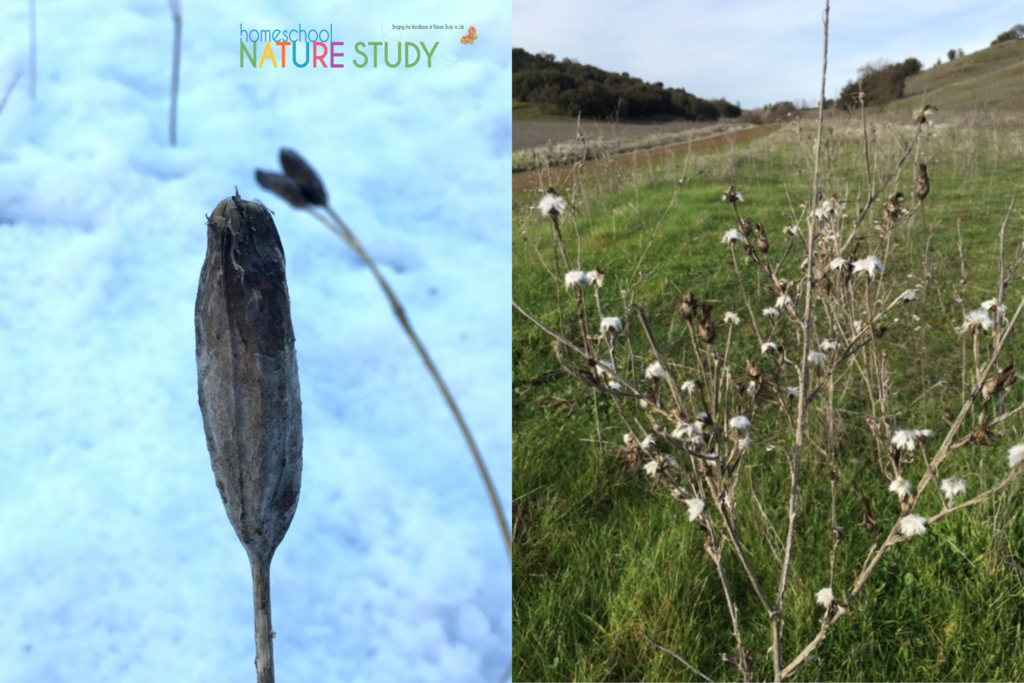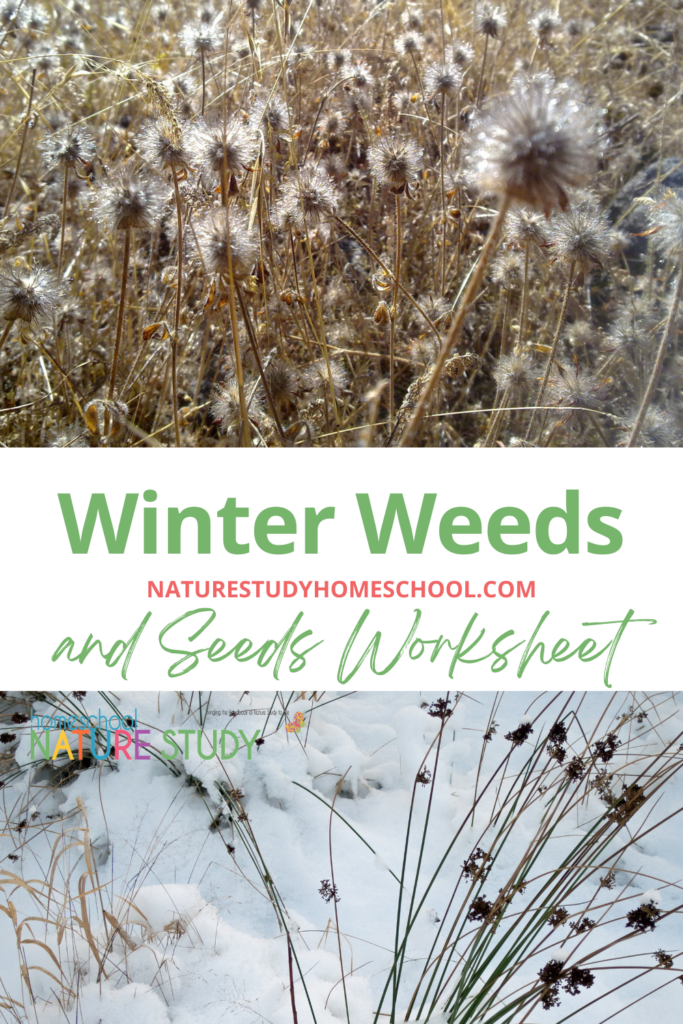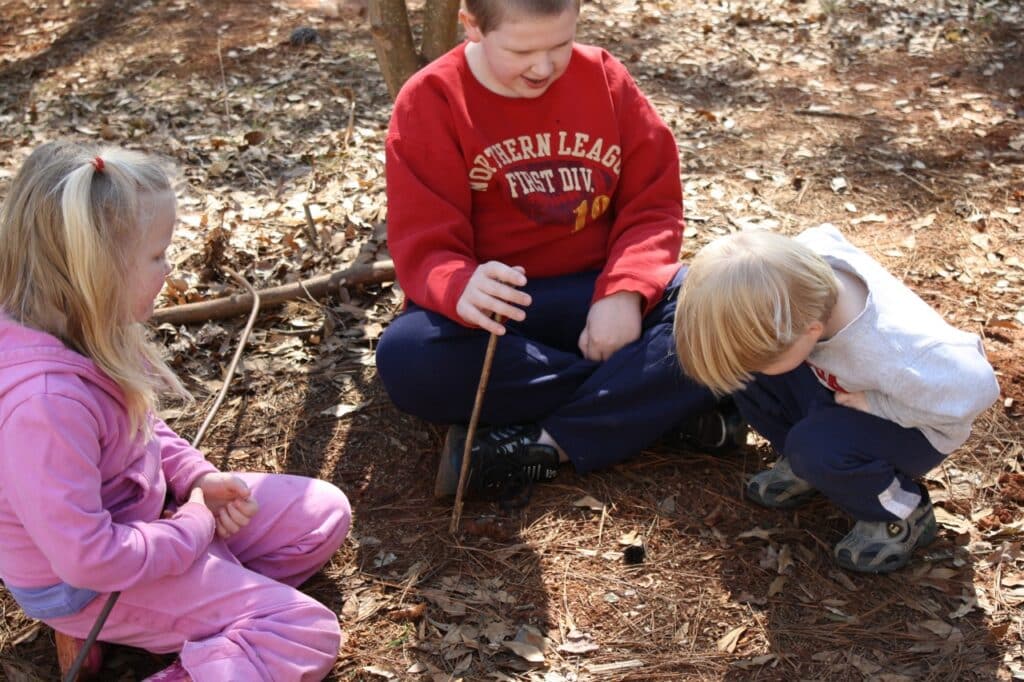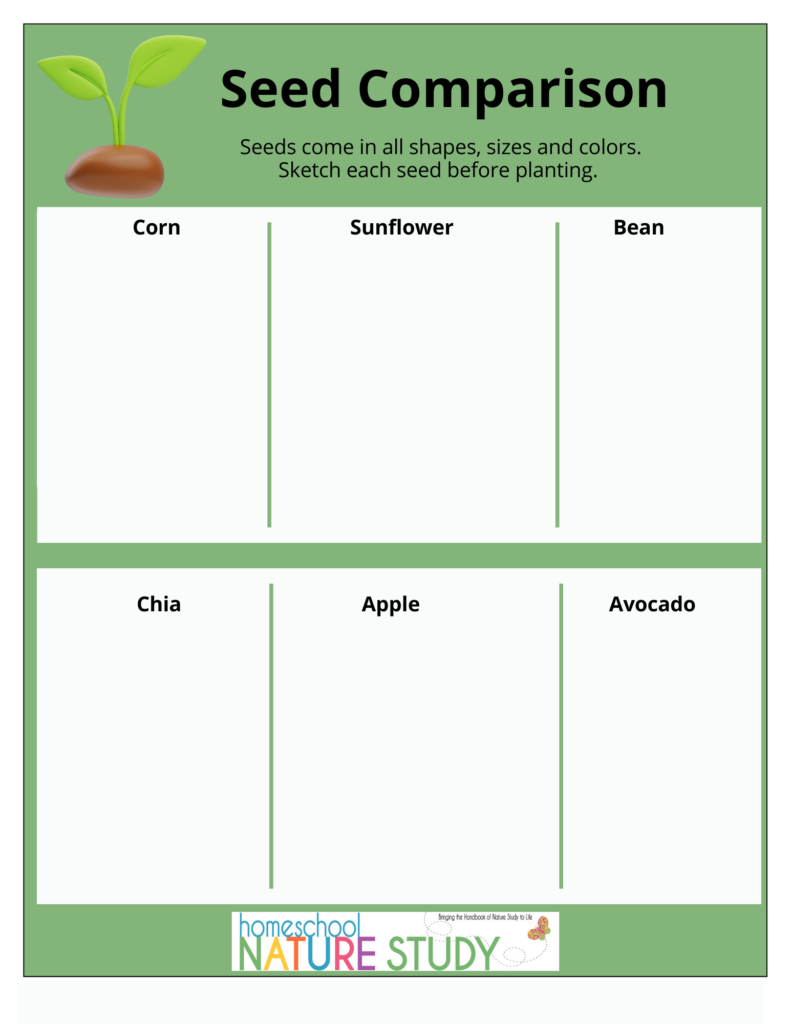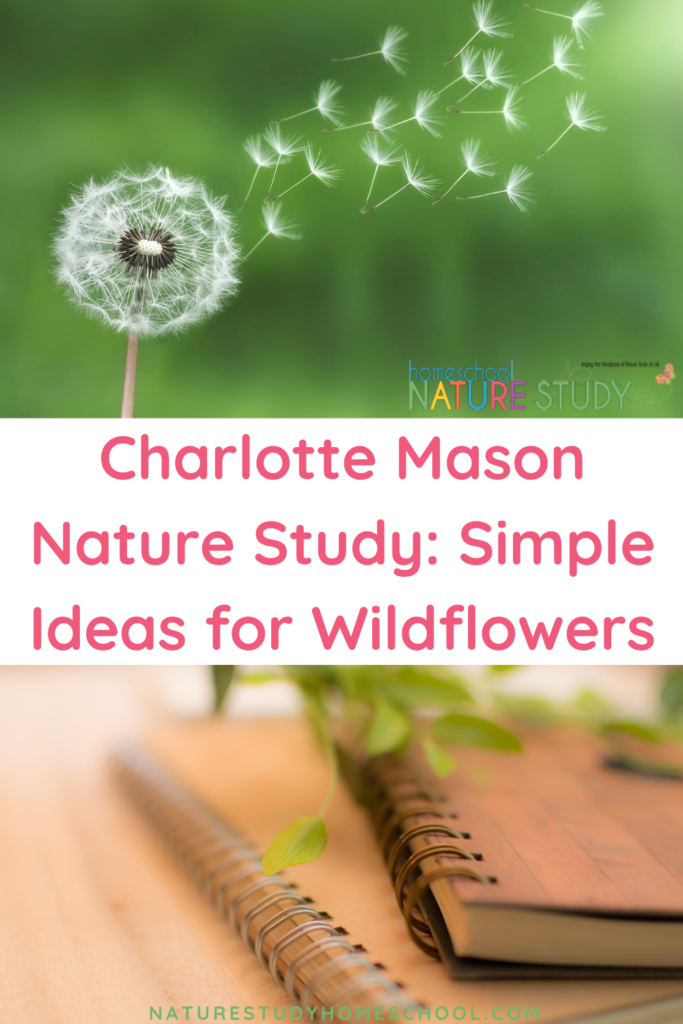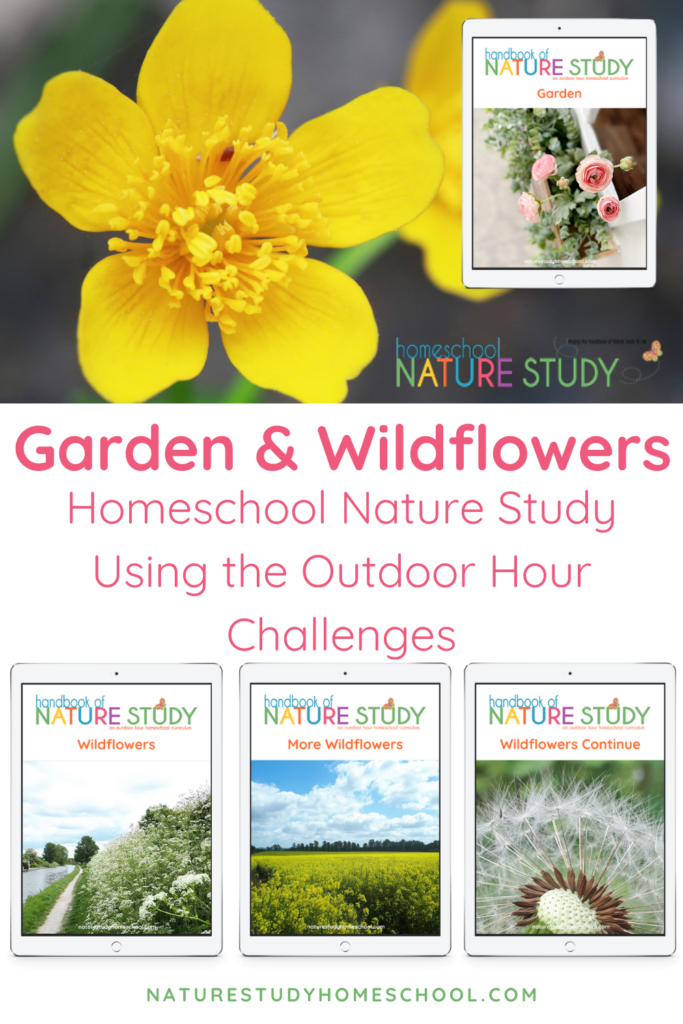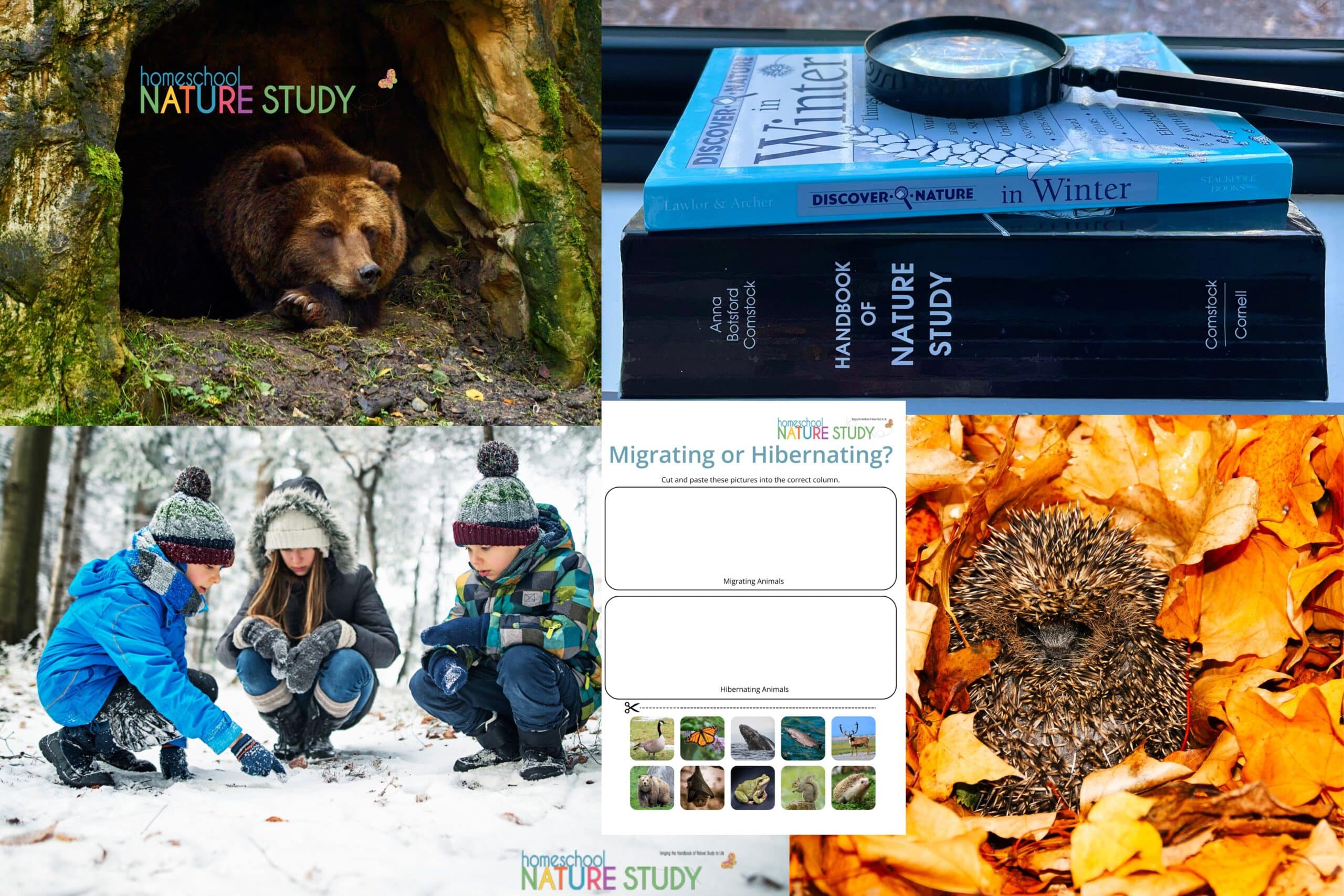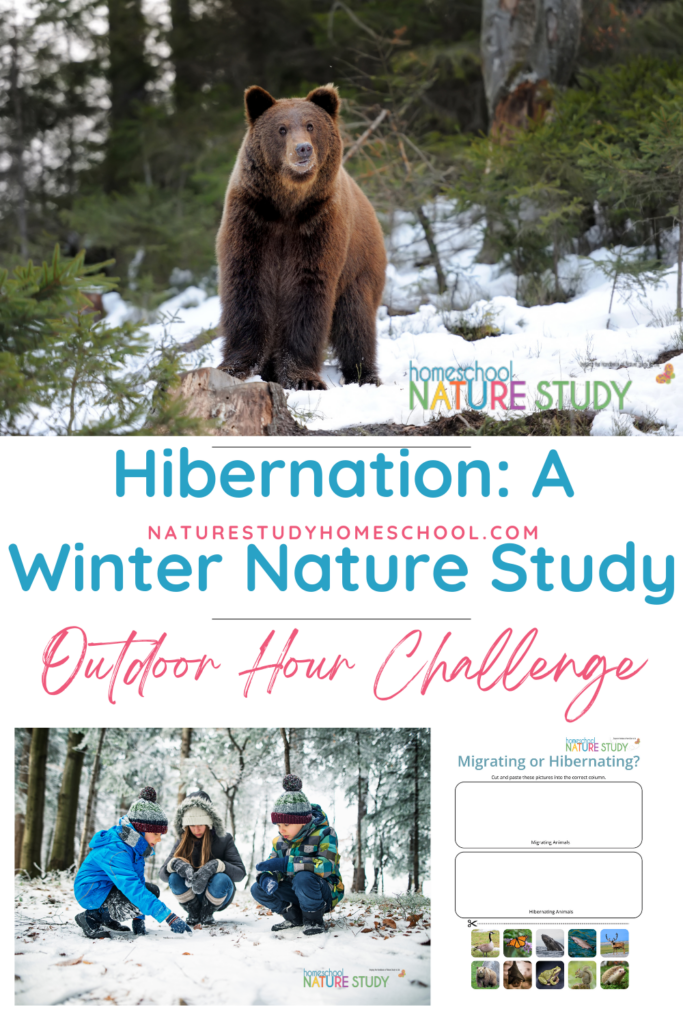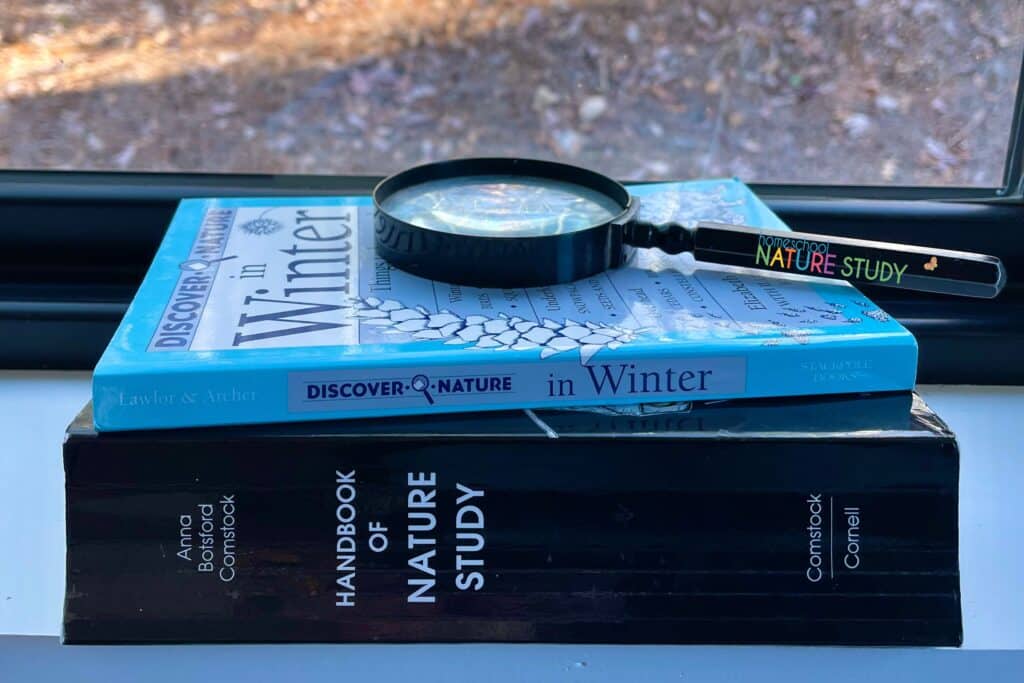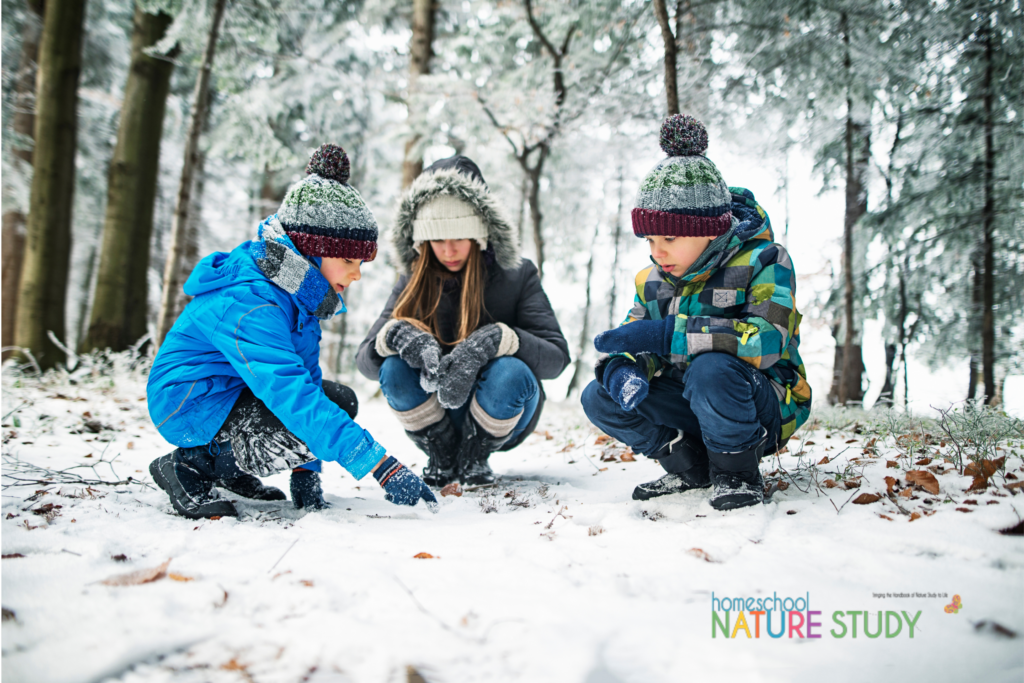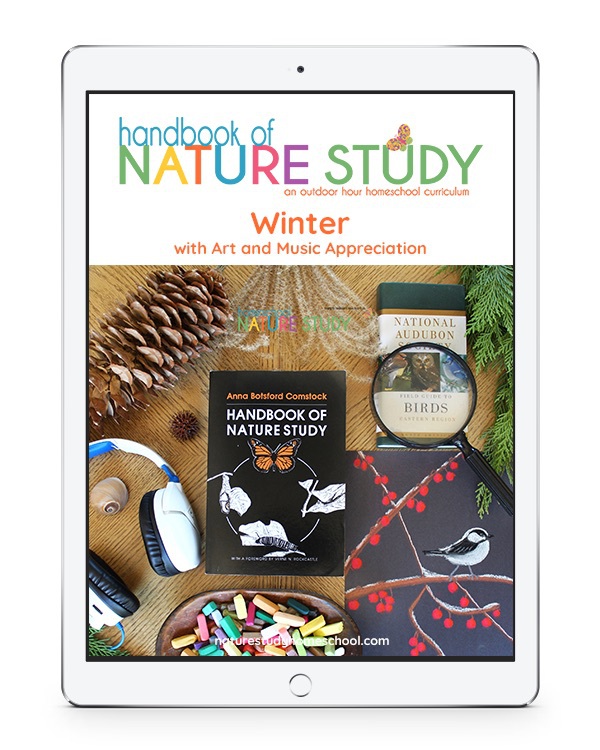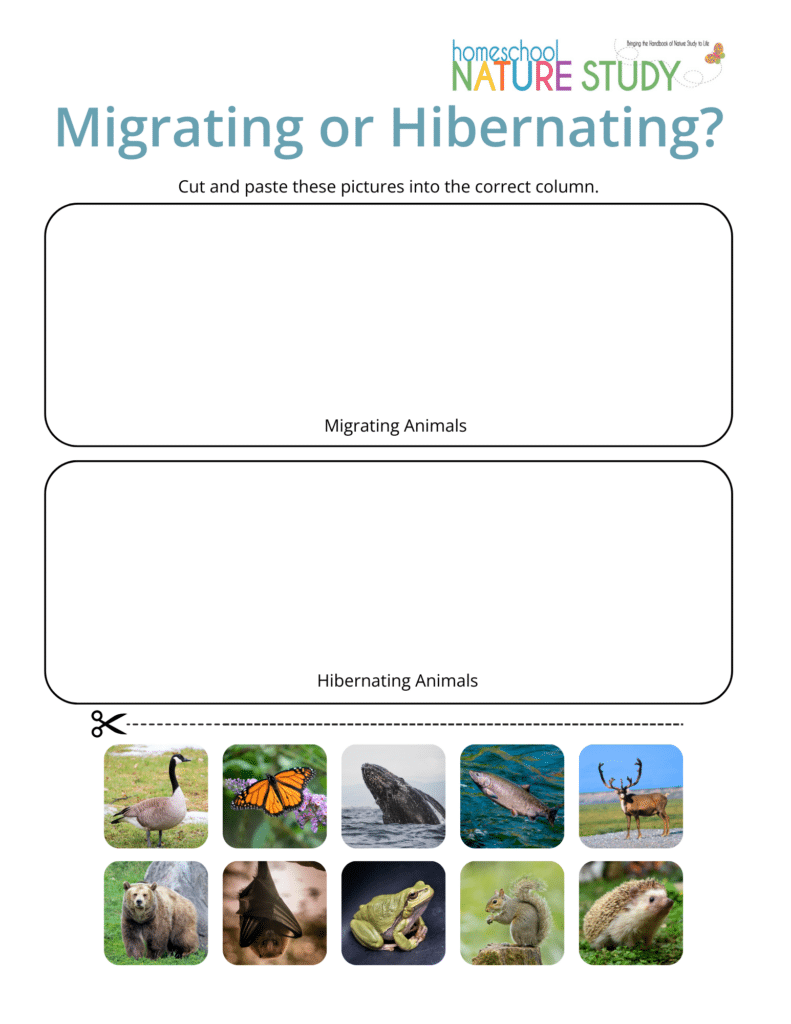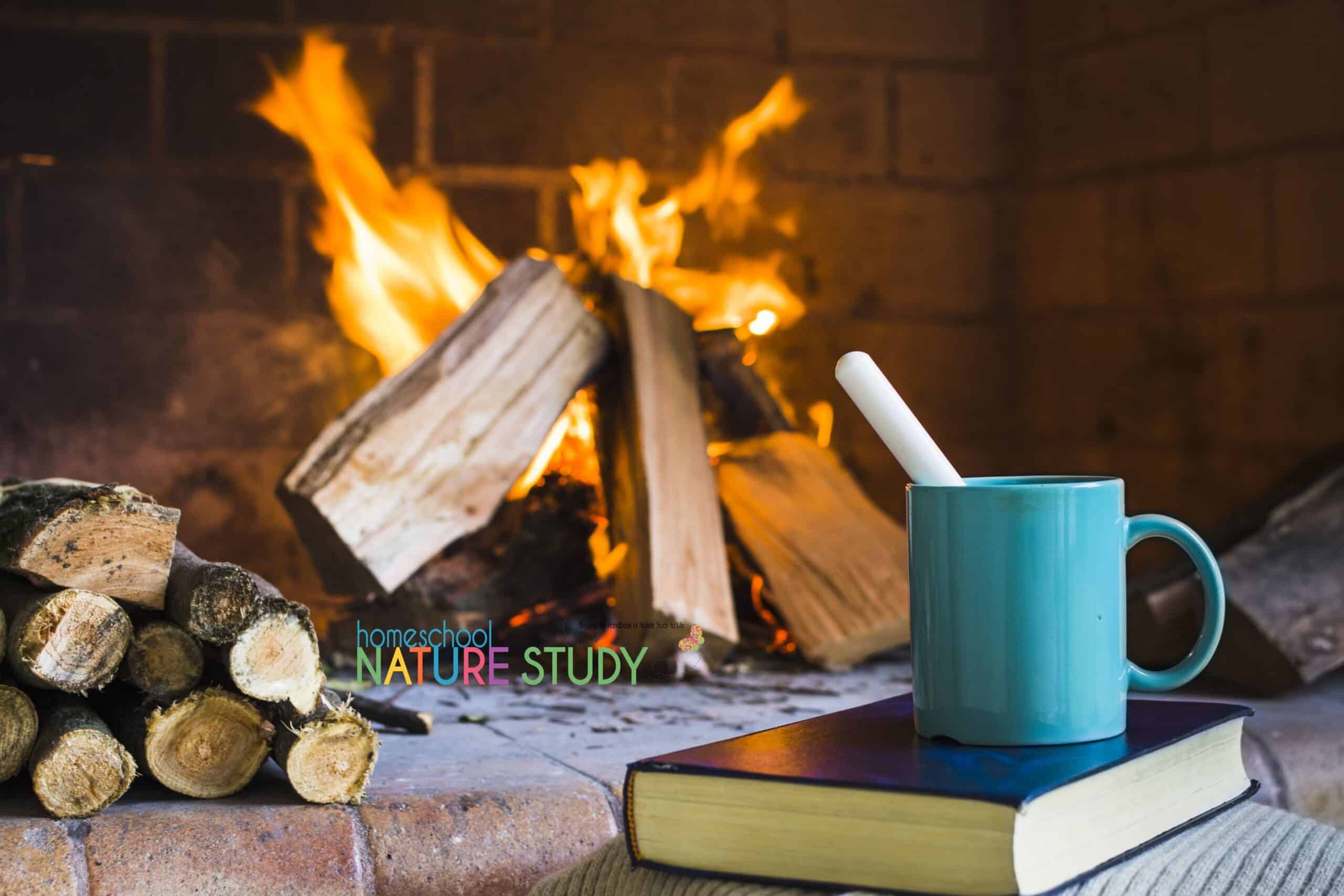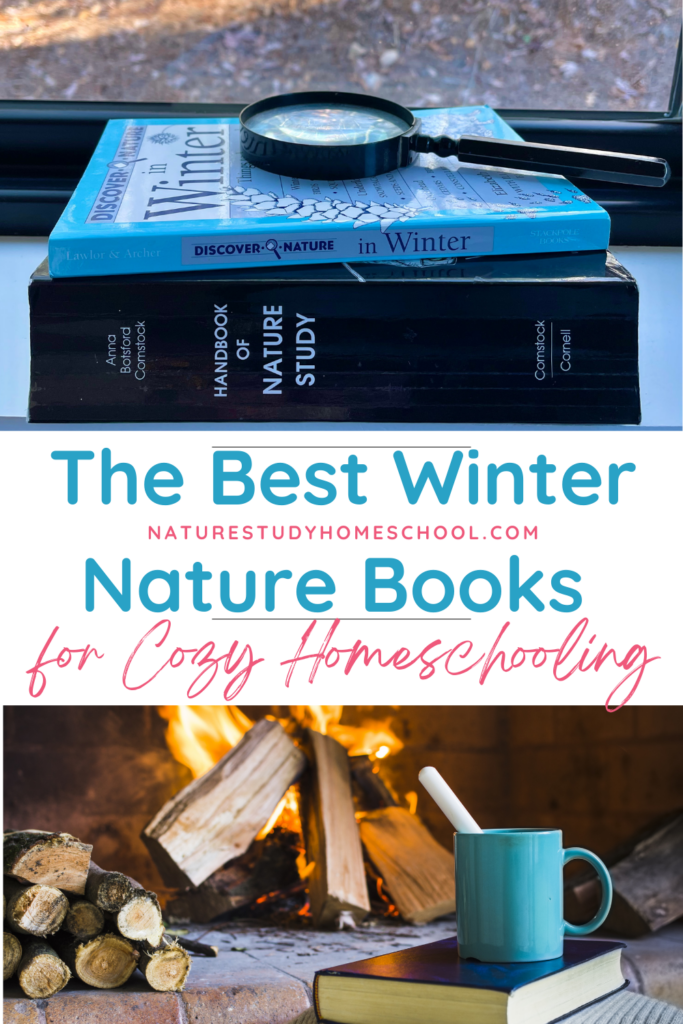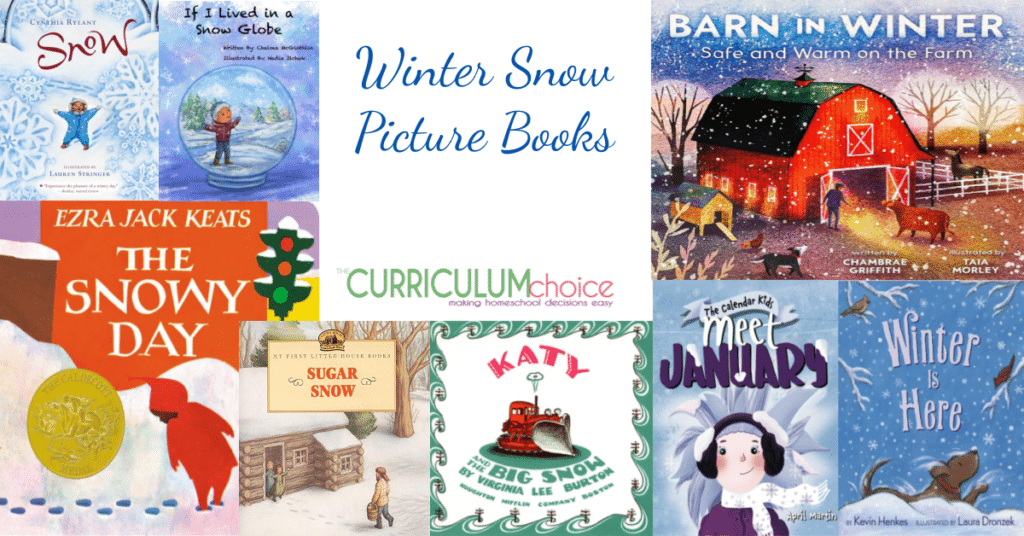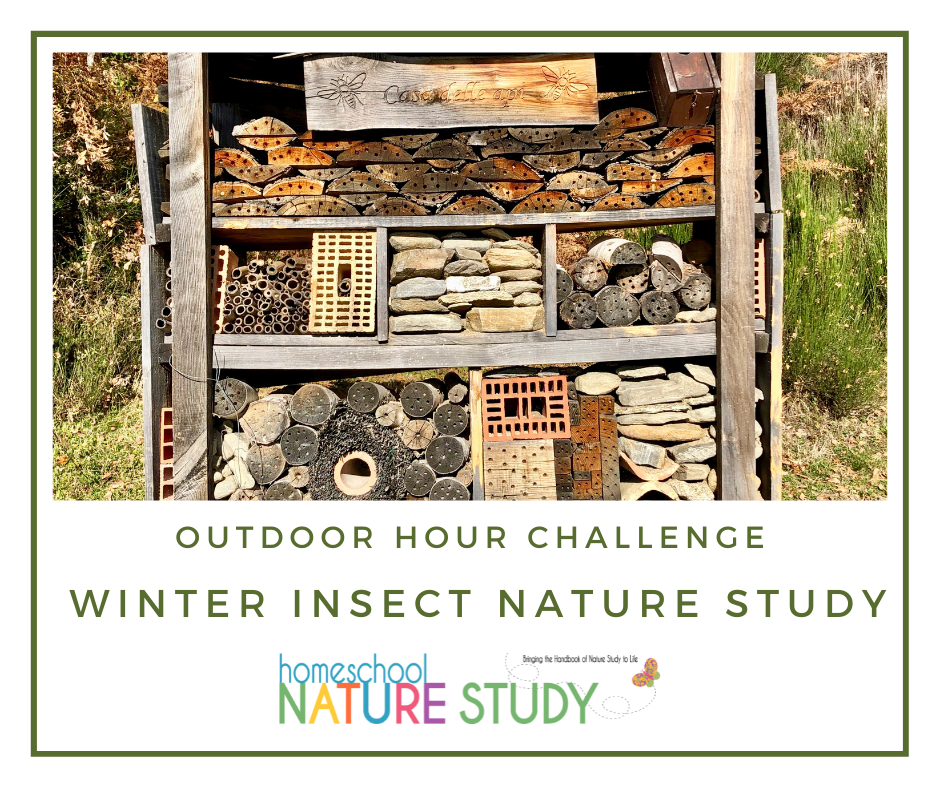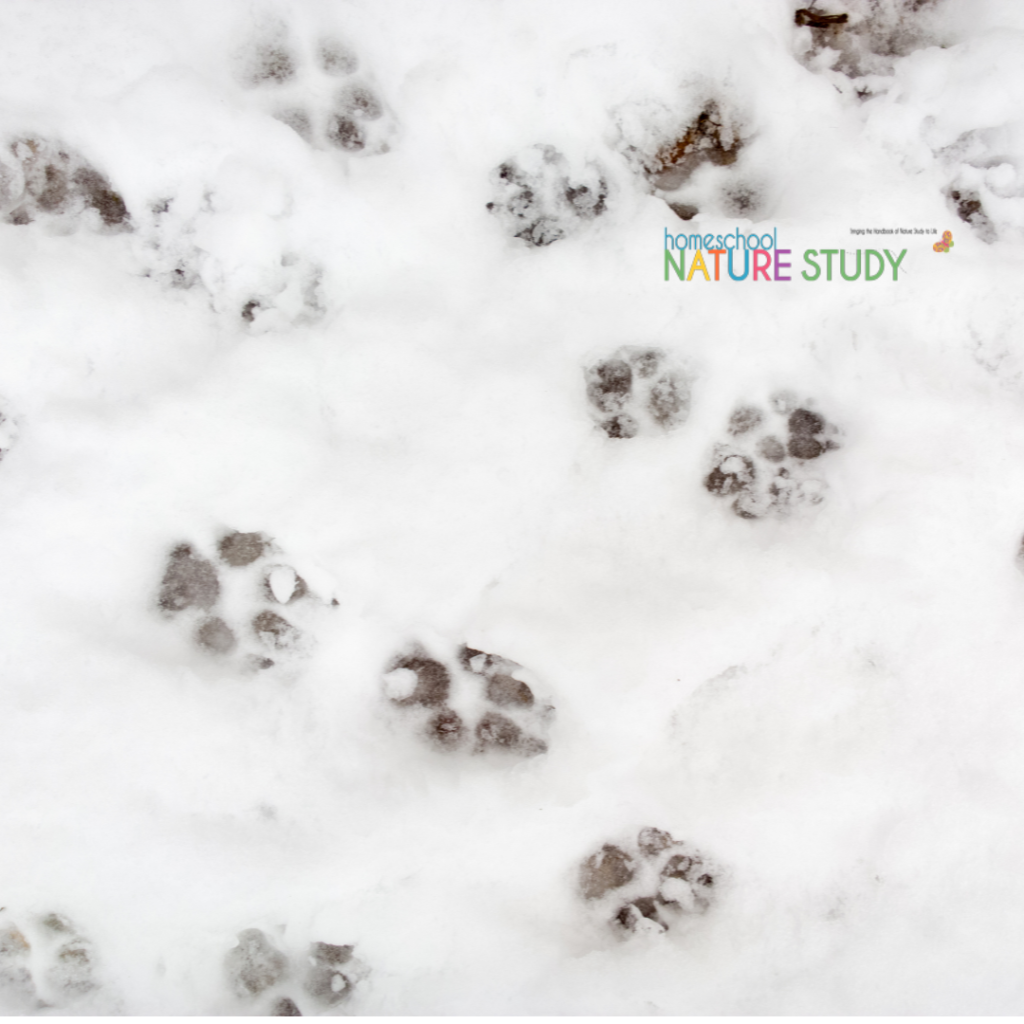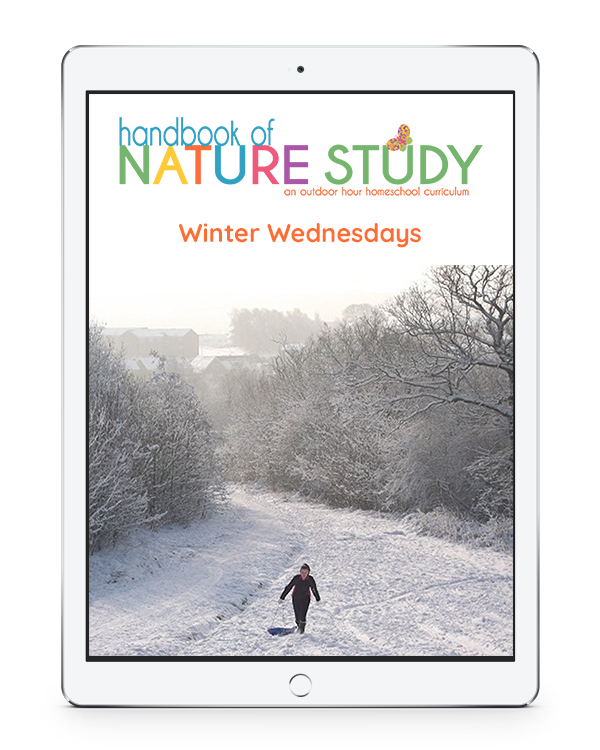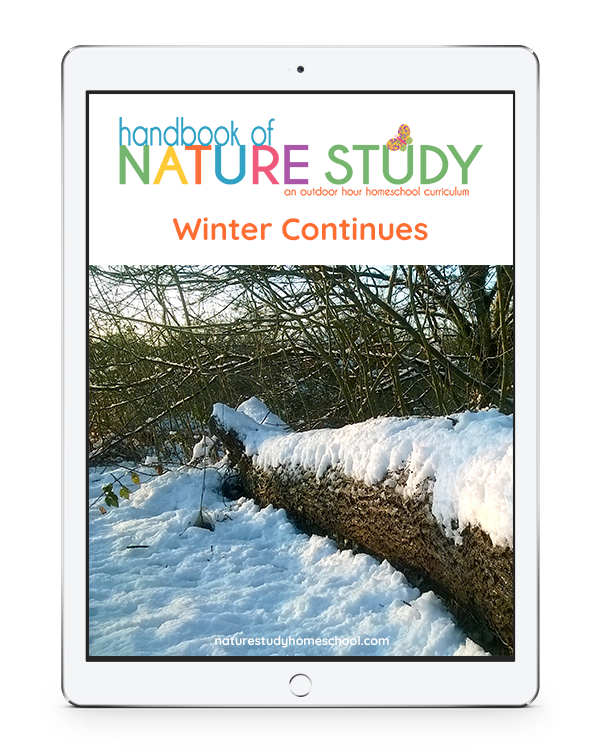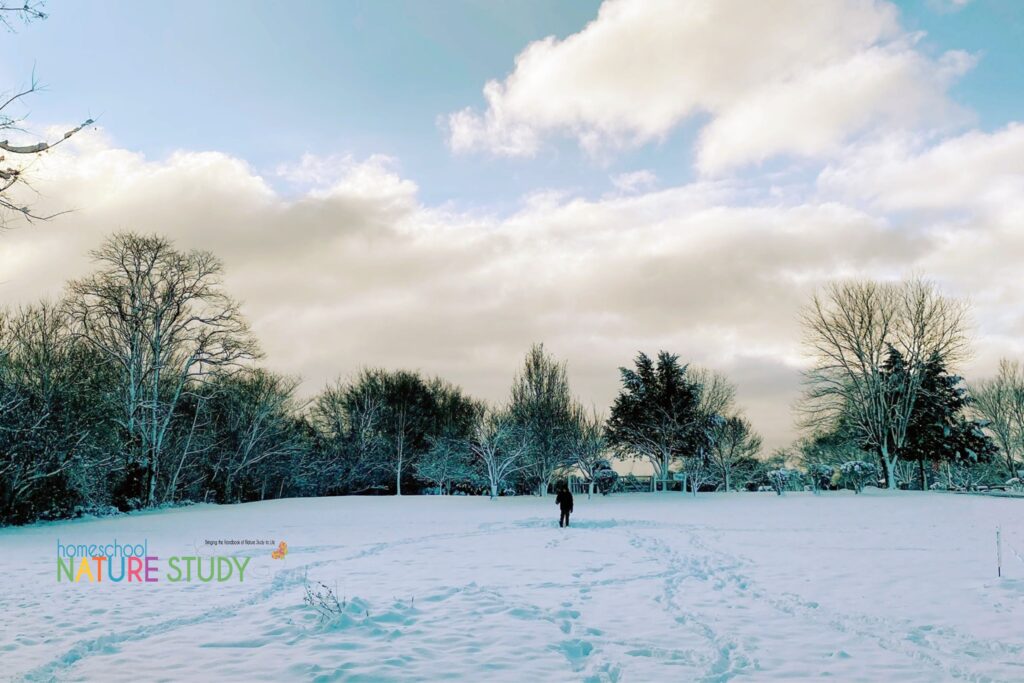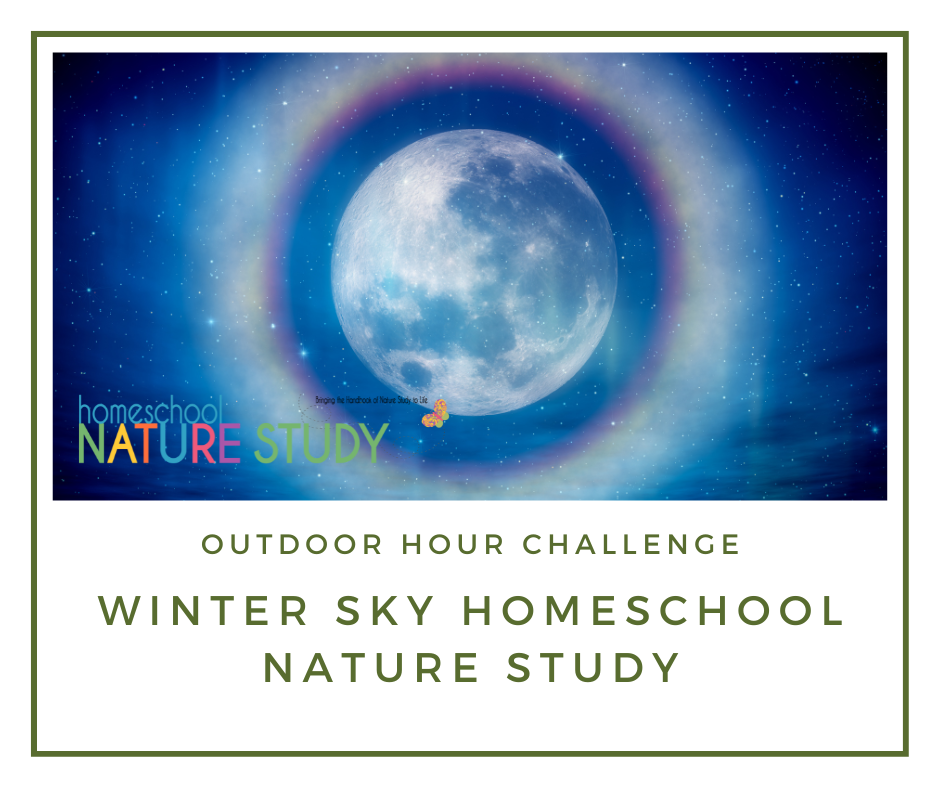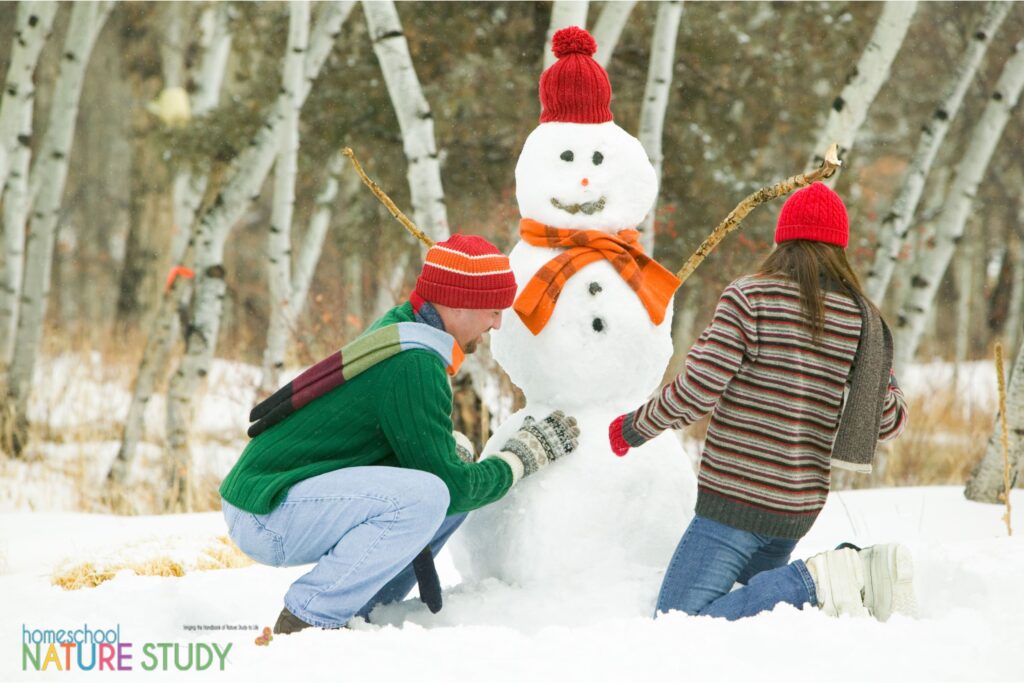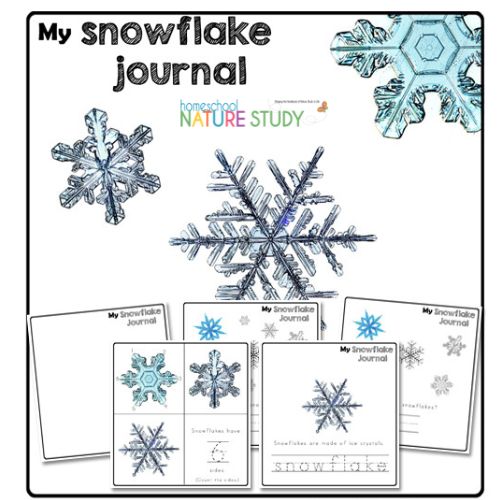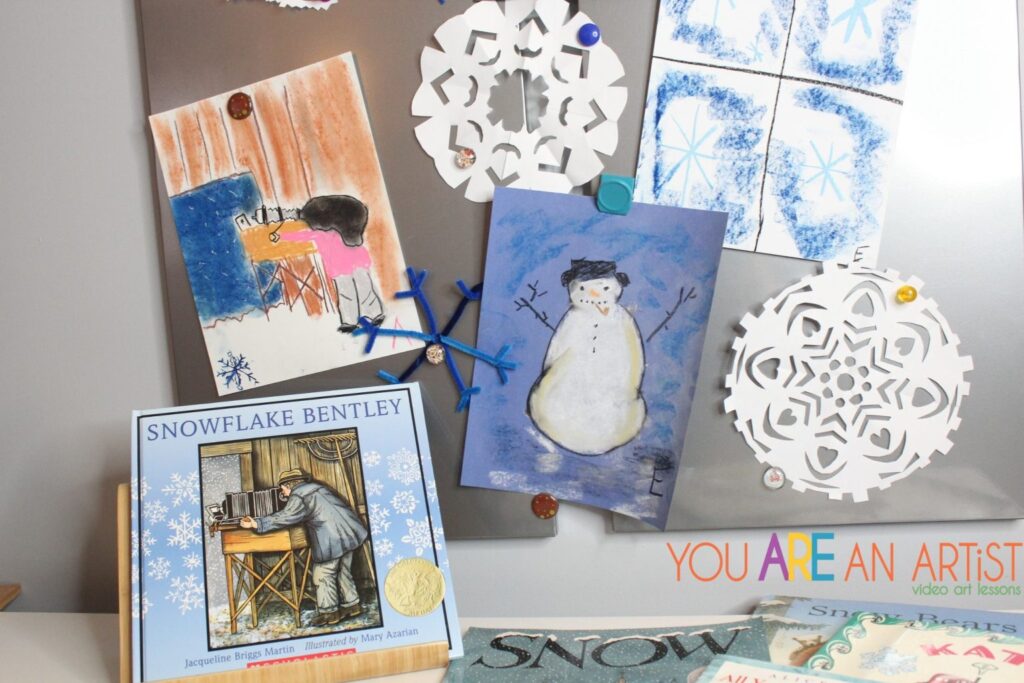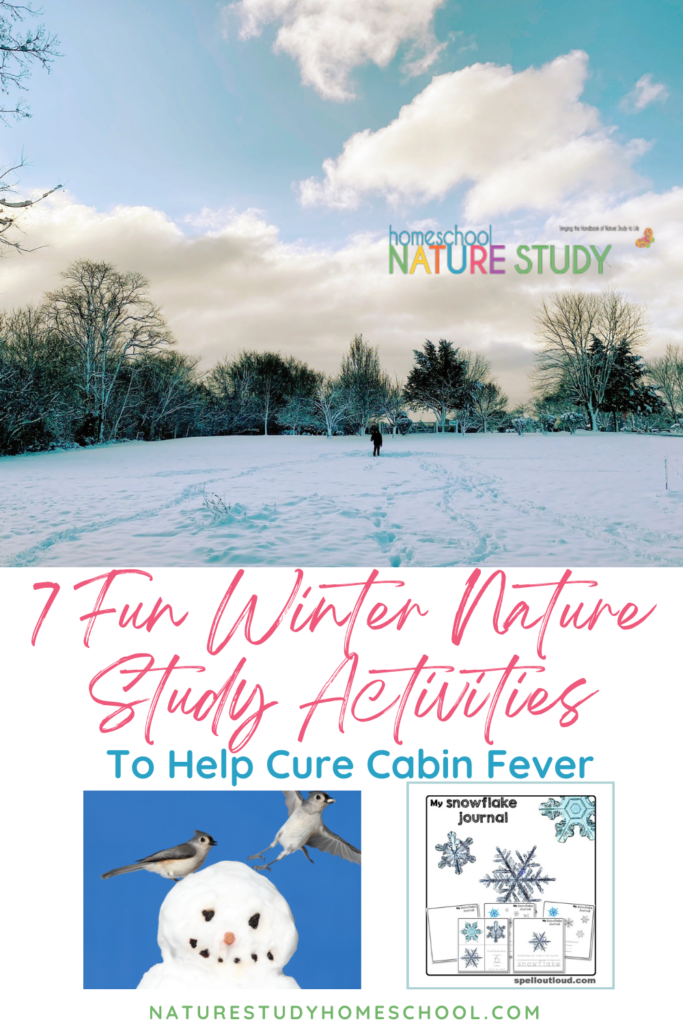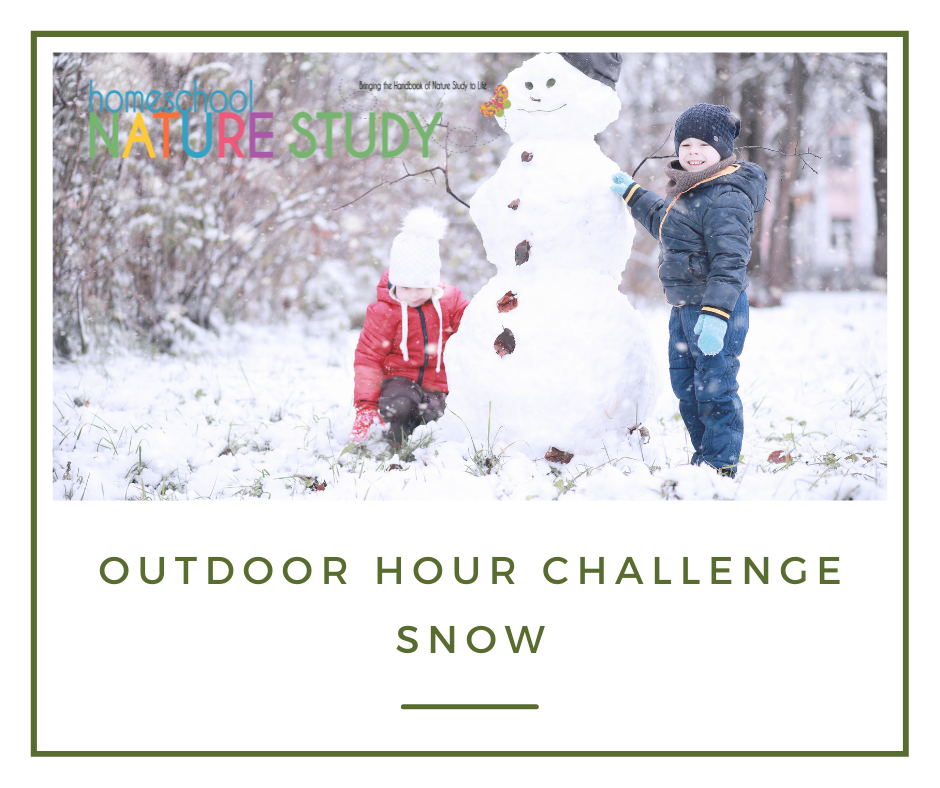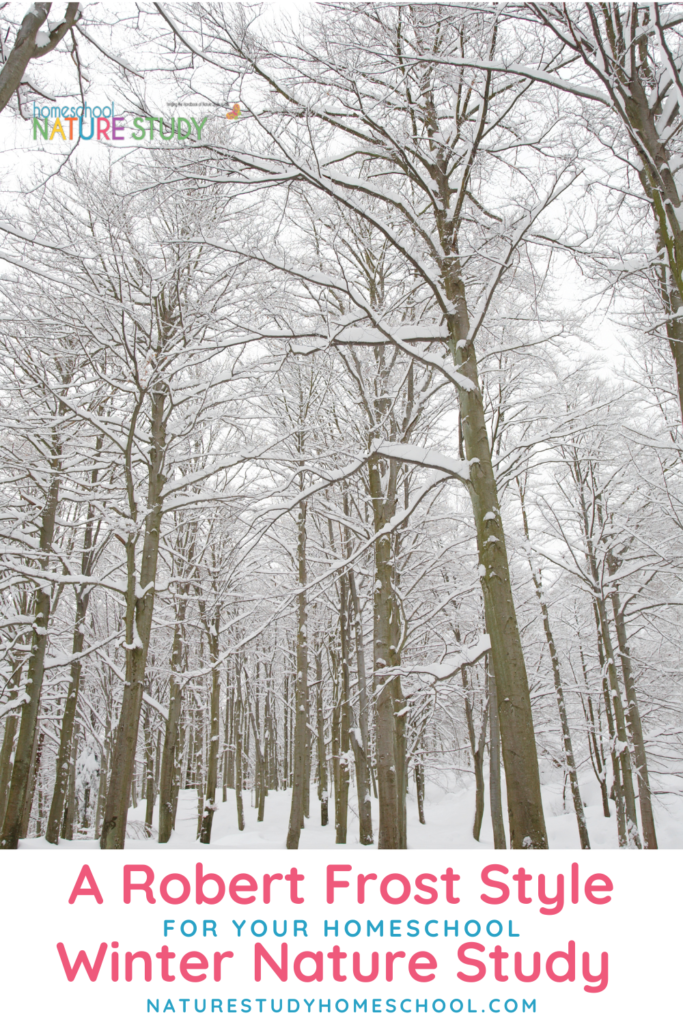More Nature Study Book 2
Winter Weather Walk
Inside Preparation Work:
- Read the “How to Use This Book” section in Part I of the Handbook of Nature Study (pages 23-24). This information will apply to every challenge in this ebook. If this is your first time reading this section, use a highlighter or pen to underline thoughts you can implement with your family.
- Ebook Users Only: Before beginning this series of challenges, use the Winter Wonder? Notebook Page to create enthusiasm for this season’s nature study. Print a page for each member of the family and complete it together. Refer to this page as you work your way through the challenges and spend time outdoors this winter. Keep the page in the front of your nature journal as a reminder of the three questions you hope to answer and the three activities you hope to accomplish.
Outdoor Hour Time:
- Take a Winter Weather Walk and observe as many things in your neighborhood as possible that are special about the winter season. These can be man-made or natural items. If you downloaded my January 2012 Newsletter you can also use the Study Grid ideas as part of this challenge (newsletter in the archives for Members). More Nature Study Winter Ebook Users: You can take along the notebook page and record your thoughts as you walk outdoors or wait until you return home to complete the page.
- Advanced study: Challenge yourself to take a walk keeping completely silent. Go as a family or all alone. Ebook Users: You can take the Silent Winter Walk Challenge notebook page along with you and record your observations as you walk or wait until you go back inside to record your findings. Collect a small item to bring inside to sketch in your nature journal or onto your notebook page.
 |
| Three notebook pages are included in the ebook for this challenge. |
Follow-Up Activity:
- Record your Winter Weather Walk experiences in your nature journal. Ebook users can complete any or all of the notebook pages associated with this challenge as a follow up to your winter weather walk. You may wish to complete another walk later in the season just to compare your weather and surroundings. File your notebook pages in your nature journal.
- Advanced study: Keep track of the weather in your nature journal. Design and sketch out your own weather chart. (Handbook of Nature Study, page 807, Lesson 222 has an example.) Suggested topics of study: Rain and snow amounts in inches, temperatures (highs and lows), wind speed and direction, cloud types, anything else weather related that you can think of to include. You can use the free weather chart I posted in this entry: Dry December Leads to a Dry January.
You can view our Winter Silent Nature Walk here on my blog.
























